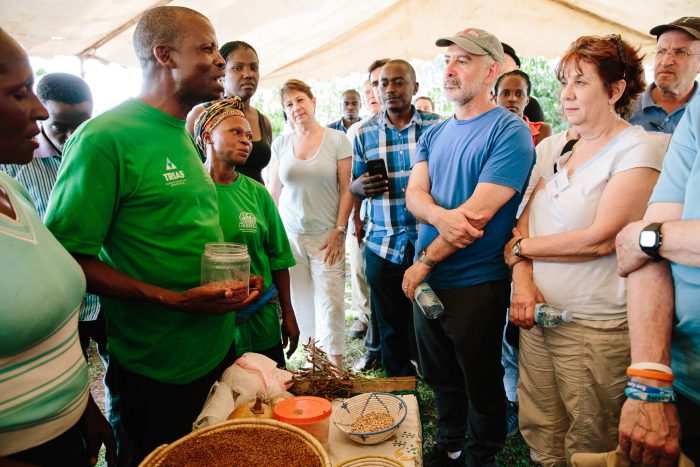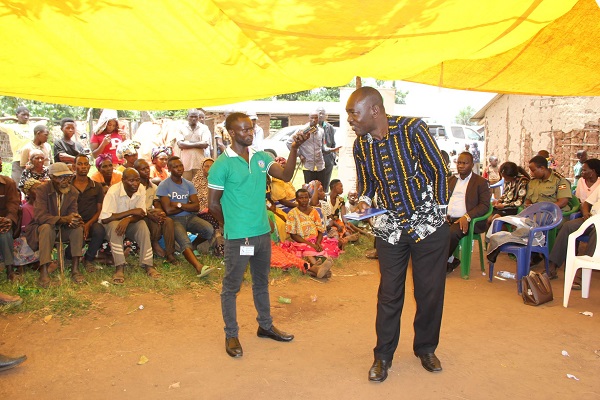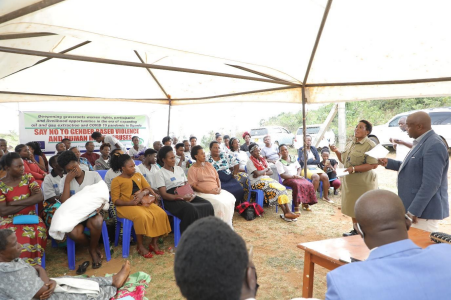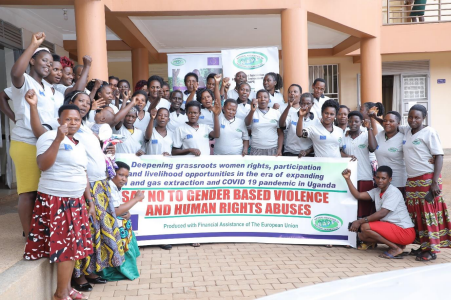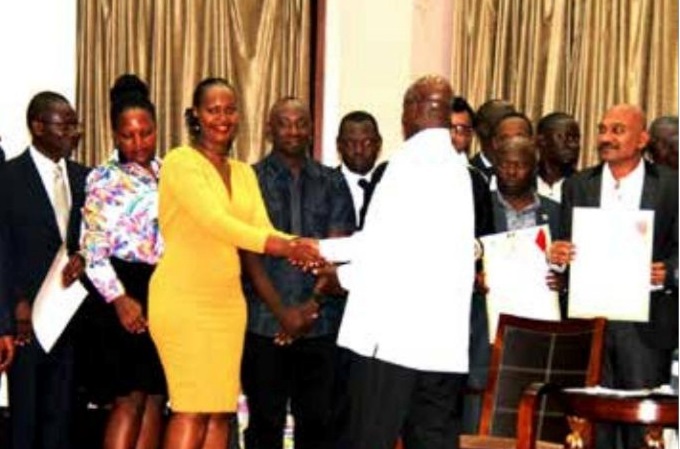Campaign against Bujagali dam
Uganda is one of the most energy poor countries in the world, with limited access to electricity. With a population of about 35 million people, only about nine (according to World Bank, 2013) percent of Ugandans are on the national electricity grid and these are largely (certainly not entirely) upper and middle class people. Since 1954 when Uganda got it first hydropower plant, the country has highly depended on hydropower from large dams for almost all of her electricity needs. Unfortunately, donors and government have been more interested in large, centralized hydropower plants rather than smaller scale projects that could share the energy wealth around the country. Secondly, the cost of extending power from the main grid to rural communities scattered in different areas remains a big challenge.
In 1996, in a bid to increase electricity and spur development in the country, government proposed to construct another big dam near Bujagali falls on river Nile, 8 kilometers downstream of the Naluubale (Owen Falls dam). Government then approached the World Bank for financial support to construct the energy facility. The World Bank and Government of Uganda claimed the project will double electrical output, stimulate industrial development and bring electricity to Uganda’s poor.
On the other hand, environmental activists urged that the dam would not benefit Ugandans and it presented numerous social, economic and environmental problems. In addition, the dam would destroy Uganda’s “national treasure,” the beautiful Bujagali Falls at the source of the Nile. Whitewater rafting on the spectacular series of cascading rapids just 8 km from Lake Victoria was at that time generating $60 million a year in tourist revenues.
Government of Uganda and the World Bank however, did not listen to the concerns of environmental activists and went ahead to approve the dam project. In 2001 government of Uganda awarded Multi-national power producer AES Corporation, based in Virginia, the powers to construct the Bujagali dam.
The dam immediately encountered a series of challenges ranging from social, economic, environmental including bribery claims. Environmental activists in Uganda and abroad petitioned the Inspection Panel of the World Bank over the controversies surrounding the dam project. The Inspection Panel investigated the project and AES pulled out of the project in 2003. Then the project went to limbo for over five years.
Government again revived the project and in 2007 awarded the Aga Khan’s Industrial Promotion Services (IPS), a Switzerland based foundation to build Bujagali Dam. The environmental activists continued to challenge the project. The project was investigated four times -by the Ombudsman of World Bank (WB), the African Development Bank (AfDB), the European Investment Bank and an independent coalition Counter Balance. All the reports from the different investigations showed the project implementation did not meet the international required standards. But despite these findings, government of Uganda and the International Financial Institutions (IFIs) went ahead to construct the Bujagali dam project.
The Bujagali Dam was completed in 2012, but some of the difficult-to-resolve problems continue lingering over it. Most notable is generation capacity of the dam. Bujagali dam was expected to add 250 MW to the national grid. Today the dam is only able to produce 180 MW and electricity demand continues to rise in the country. NAPE warned that Bujagali would not generate the projected megawatts.
Frequent power outages and load shedding is still the order of the day. Some parts of rural Uganda, especially in the North and North-east do not have electricity. Some communities near the project area suffered the impact of blasting of the parent rocks during construction, their houses cracked. The project did not such an anomaly, therefore, there was no mitigation measure factored in the implementation and those who suffered effects of blasting were not compensated. About 557 people who were affected by the transmission line that evacuates power from Bujagali to Mutundwe sup-station are up to the present day still waiting for compensation.
As if this was not enough, the project promised to employ some project-affected people, ant it attempted to do so. However, those who considered themselves to be lucky to get jobs in the project and suffered occupational accidents were not compensated. NAPE helped these people with outstanding complaints to seek legal redress and now they are waiting to receive justice.
It will be remembered that government of Uganda and the proponents of the dam claimed the Bujagali dam was the least cost project that would salvage Uganda from energy poverty. But it is also true that Bujagali dam cost kept on growing from $580 million at inception to $860 million and finally $902 million ($3.6 per megawatt) at completion. Independent investigations by the parliamentary ad hoc committee on energy in 2013 put the dam’s actual cost at $1.3 billion ($5.2 per MW or more). The environmental activists warned government and the project proponents on the project cost and benefits, and it has now come to light that Ugandans will now have for many years to come continue paying for power which is not benefiting them. Electricity tarrifs in Uganda is the highest in the East African region.

THE BEST TIME TO PLANT TREES IS NOW
The only way to make this happened is to take action!

